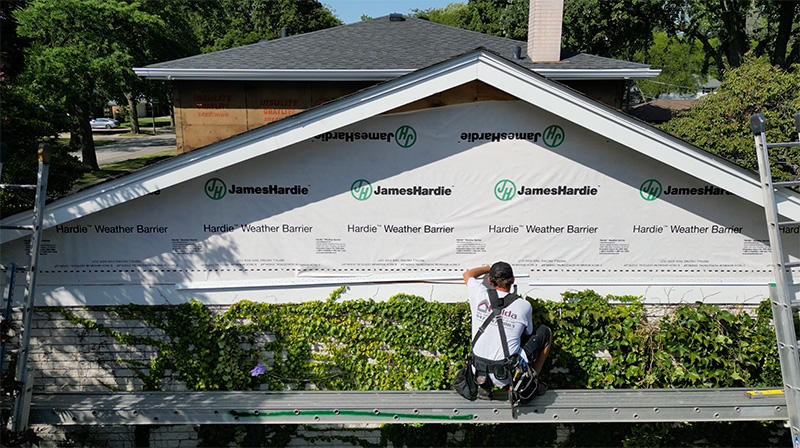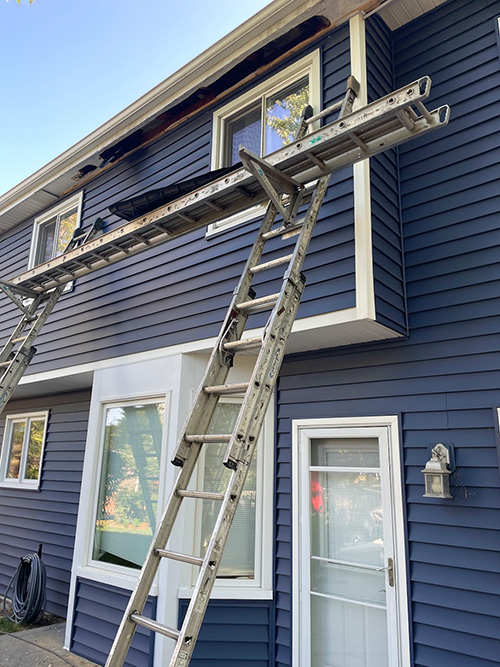IL License Number: 104.017181
IL License Number: 104.017181



The best time to discover and repair damage to your home is when the old siding has been removed. Although unexpected issues may seem like trouble, it’s best to fix them before installing new siding. Clearly communicate with your contractor about the types of issues they might expect and how they will communicate these to you.


Have additional questions or wish to speak with us regarding a siding project? Feel free to contact us at 847.847.2883 or through our contact page. We’d be more than happy to help!
With over twenty years in business and hundreds of satisfied customers, we know what it takes to properly maintain a home. Join the family of satisfied homeowners who trust Holda Construction Roofing and Siding for all their roofing and siding needs.
We look forward to working with you!
Address
317 W Colfax St. Suite 102
Palatine, IL 60067